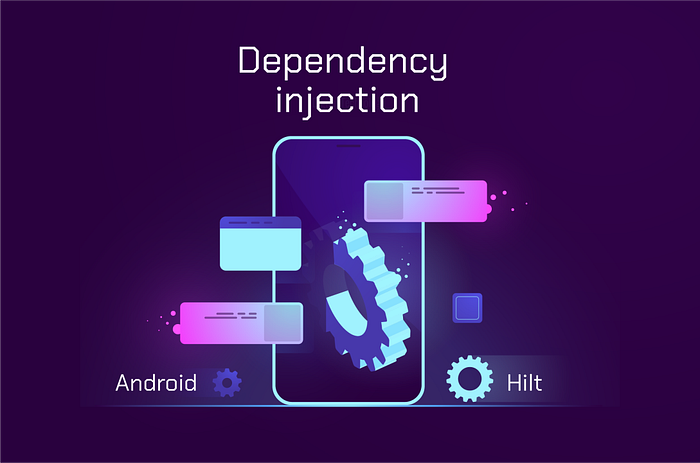Effective Dependency Injection in Large-Scale Mobile Applications
As mobile apps grow in complexity, managing dependencies becomes a challenge — especially in large-scale applications. This is where Dependency Injection (DI) proves invaluable. By decoupling components and promoting code modularity, DI makes your codebase easier to maintain, test, and scale.

Why Dependency Injection Matters
In traditional architecture, objects create and manage their own dependencies. This tight coupling can lead to bloated, hard-to-test code. With DI, dependencies are provided externally, allowing each class to focus solely on its core responsibility.
Also Read- Digital technology roadmap: key steps for web and mobile development consulting
This is especially beneficial in large apps where multiple modules interact. DI frameworks help enforce consistency and reduce boilerplate code, ultimately improving the overall project structure.
Best Practices for Large-Scale Mobile Apps
- Use a DI Framework
For Android, Dagger or Hilt are popular choices. For cross-platform apps (like Flutter), get_it or Riverpod can streamline dependency management. - Scope Your Dependencies Wisely
Manage object lifecycles carefully — singletons, activity-scoped, or transient instances — depending on how often the object is needed and how much memory it consumes. - Favor Constructor Injection
It promotes immutability and makes dependencies explicit, which is great for readability and testing. - Modularize Your Codebase
Split your app into feature-specific modules. Each module should define its own dependencies, making it easier to manage changes without affecting unrelated parts of the app.
Final Thoughts
Effective dependency injection is not just about cleaner code — it’s about building apps that are scalable, testable, and maintainable. As mobile applications continue to evolve, mastering DI can significantly improve both development speed and software quality.
.png)
Comments
Post a Comment